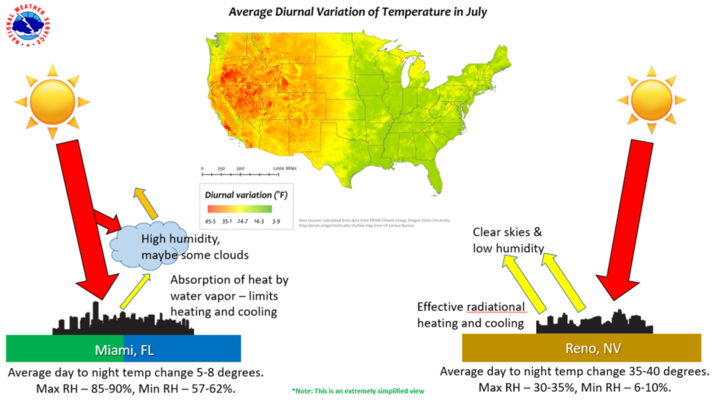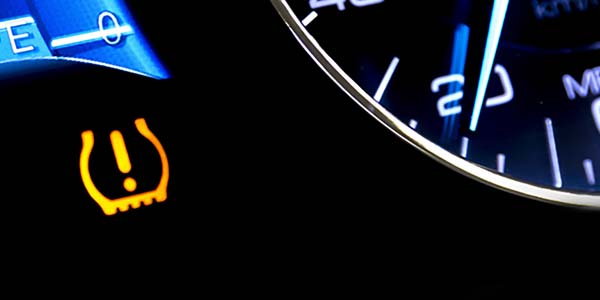Gary RV_Wizard
Site Team
Are you looking for a "Consumer Reports" style comparative test by an unbiased source? I don't know of any. There are some reviews available, but it's not clear whether they actually test or just report what they've read elsewhere, or maybe even got advertising kickbacks for. Here's one from Forbes magazine, for example.Are there no real tests of ST tires?
Needing to replace some 205/75/14D due to wear, close to age, but really not seeing anything that really compares available tyres, pressure would be 65PSI.

Best Trailer Tires Of 2024
Get expert advice on improvements to your home, including design tips, how much you'd expect to pay for a pro and what to ask when hiring experts.
You can Google 'trailer tire test review' and find an assortment, but most appear to be little more than vague generalities coupled with links to sales sites.



